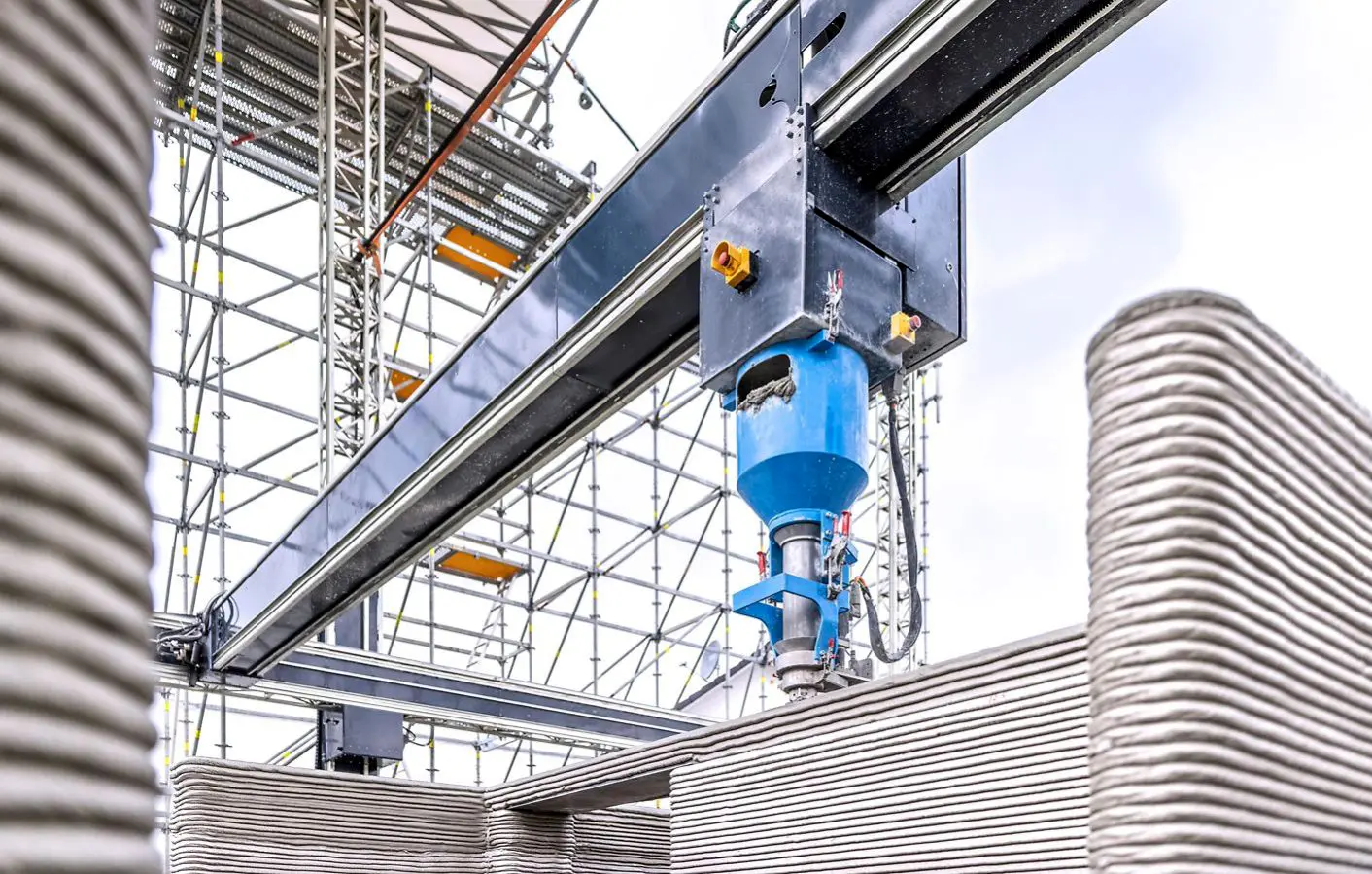Automation is becoming more common in a lot of different fields all over the world. The rise of automation has been caused by a mix of new technologies, changes in the economic conditions, and changes in society. The healthcare sector was not far from such automation where the market for medical robots has grown a lot in recent years, especially after the COVID-19 Pandemic, and it is likely to grow even more in the coming years. Medical robots help with surgeries, make medical logistics easier, and give doctors and nurses more time to focus on patients. As they become more important, the question is whether medical robots can replace doctors or just help them do their jobs better and keep patients safe.
What Are They?
Robotic technology has been used for many years. In the 1980s, the first robots were used to help doctors do their jobs, and in the 1990s, they were used in radiotherapy. These technologies have gotten better, and medical robotics is a rapidly growing market that could change the way healthcare is done. Medical robotics refers to robots that are used in places like hospitals, clinics, and treatment centres to help people get better. These robots have many benefits for patients, doctors, and other health care workers. Several potential medical robotics technologies are now being developed where they can help with jobs like surgery and rehabilitation and others. Surgical robots are used in many hospitals around the world and they either help doctors do their jobs more accurately than unsubsidized human surgeons or let them do their jobs from afar when a human surgeon can’t be with the patient.
Rehabilitation and mobility robots can directly help or test patients to help them reach their goals. They can help improve dexterity, reach therapy goals, or help people move around. Care and socially helpful robots can help meet the growing demand for long-term care from a population that is getting older and has more health problems. Radiotherapy machines can be used to help give radiation treatments. With cameras and microphones, telepresence robots let doctors consult with patients or other healthcare workers from a distance. They can be especially helpful in rural or remote areas with limited access to healthcare because they let doctors see and hear patients in real time. Moreover, there are nursing robots that do some of the routine jobs that nurses do, like drawing blood and checking vital signs. Pharmaceutical robotic systems help retail shops give out drugs and help hospital information systems send information. Using vibrating UV light, disinfection robots that clean can sterilise an entire room. In the future, robots may be able to make it much faster for people to get better after treatments like surgery. Scientists have been working on “microbots” for a few years now which are tiny robots that can move through the human body and fix things without being seen.
The Benefits of Medical Robotics and Their Growing Market
As these technologies continue to grow and change, they will likely become much more important in the years to come. In fact, if we look more closely at the sales value of medical robots, we can see that it has grown a lot over the past year all over the world, especially in the Americas, where investment doubled from 2017 to 2021.
Also, the market for medical robots is expected to keep growing, and by 2030 it is expected to be worth $44.4 billion. This growth is caused by a number of factors, such as an ageing population, a rise in the number of people who want minimally invasive treatments, and improvements in robotics technology.
There are many possible benefits to using medical robots. One of their major benefits is that they can perform operations more accurately and precisely than human surgeons. For example, surgical robots don’t have the same physical problems that human doctors do, like hand tremors or being tired, which can lead to mistakes during surgery. Since robots can reach hard-to-reach parts of the body, it is also easier to do minimally invasive treatments. This means less pain, scarring, and a faster recovery for patients. Further, medical robots are easier to sanitize than human hands and tools, which means that patients are less likely to get sick from each other and that infections are less likely to spread in hospitals.
In addition, medical robots can also be used to help with physical treatment and rehabilitation. For example, robotic exoskeletons can help people who have lost their mobility and freedom because of a spinal cord injury. Robotic prostheses can also be more useful and comfortable for patients than standard prostheses. Also, robots can keep track of how patients are doing and let doctors and physical therapists know how they are doing. This can help improve the results of treatment. Medical robotics can make it easier for people to get medical care, especially in remote or underserved areas. For example, they can be used to do telemedicine consultations, which let patients get care from experts who are far away.
Even though medical robots have a lot of benefits and their market is growing, is it safe that the market grows to the point where medical robotics will replace the medical staff?
Will Medical Robotics Replace Medical Staff?
Aside from the advantages of medical robotics, one of the most urgent issues to be resolved is how health and care would change and whether these technologies would have an impact on people’s safety. Surgery, nursing, and other healthcare operations can all be aided by medical robotics. When it comes to performing surgeries, they can assist doctors and work under their supervision, but they cannot take the place of doctors because the robots are still trained to carry out a variety of standardised and predictable duties, and they are not designed to respond in the event of an unforeseen event. For instance, if a patient experiences a problem during surgery, the robots won’t be able to find a solution, but the doctors would, and they will know how to handle the problem. Since there is a great deal of uncertainty, this is yet another obvious reason why medical robotics are not used in intensive care units. Additionally, safety is a major concern in medical robotics because any mistakes or malfunctions during an operation might have catastrophic effects for the patient. Humans won’t trust robots to the degree of being entirely treated by them because of this, which is another reason why they cannot replace doctors.
Therefore, the greatest option is for robots to help doctors, especially given that, according to World Health Organisation (WHO) figures, the number of doctors is declining annually and that more than 40% of WHO member states report having less than 10 doctors per 10,000 people. Despite having access to only 3% of the world’s health workers and less than 1% of its financial resources, the African Region bears more than 22% of the burden of disease globally. Additionally, there is a scarcity of nurses, which makes it difficult to provide for every patient’s demands. Robotic nurses can and do assist teams that are understaffed.
In conclusion, the growing market of medical robotics offers the healthcare sector a significant chance to enhance patient outcomes and boost productivity, and they are set to play an increasingly significant part in the future of healthcare. But it is evident that robots do not stand in for people. Integrating robots as caregiving companions requires expertise in the field of human-robot interaction
References
Medical doctors (number) [Internet]. [cited 2023 Jul 12]. Available from: https://www.who.int/data/gho/data/indicators/indicator-details/GHO/medical-doctors-(number)
How is Robotics Improving Healthcare? – International Finance [Internet]. [cited 2023 Jul 12]. Available from: https://internationalfinance.com/how-robotics-improving-healthcare/
How Robotic Applications are Changing Medical Devices | mddionline.com [Internet]. [cited 2023 Jul 12]. Available from: https://www.mddionline.com/robotics/how-robotic-applications-are-changing-medical-devices
Robotics in Healthcare: Possible Futures – CIFS Health [Internet]. [cited 2023 Jul 12]. Available from: https://cifs.health/backgrounds/robotics-in-healthcare-possible-futures/
How Robots Are Redefining Health Care: 6 Recent Innovations | RoboticsTomorrow [Internet]. [cited 2023 Jul 12]. Available from: https://www.roboticstomorrow.com/story/2022/03/how-robots-are-redefining-health-care-6-recent-innovations/18339/
Dolic, Z. et al. (2019) Robots in healthcare: A solution or a problem? European parliament.
Holland, J. et al., Service Robots in the Healthcare Sector. Robotics 2021, 10, 47. https://dx.doi.org/10.3390/robotics10010047
Morgan, A. et al., Robots in Healthcare: A Scoping Review. Curr Robot Rep 3, 271–280 (2022). https://doi.org/10.1007/s43154-022-00095-4.






















Comments